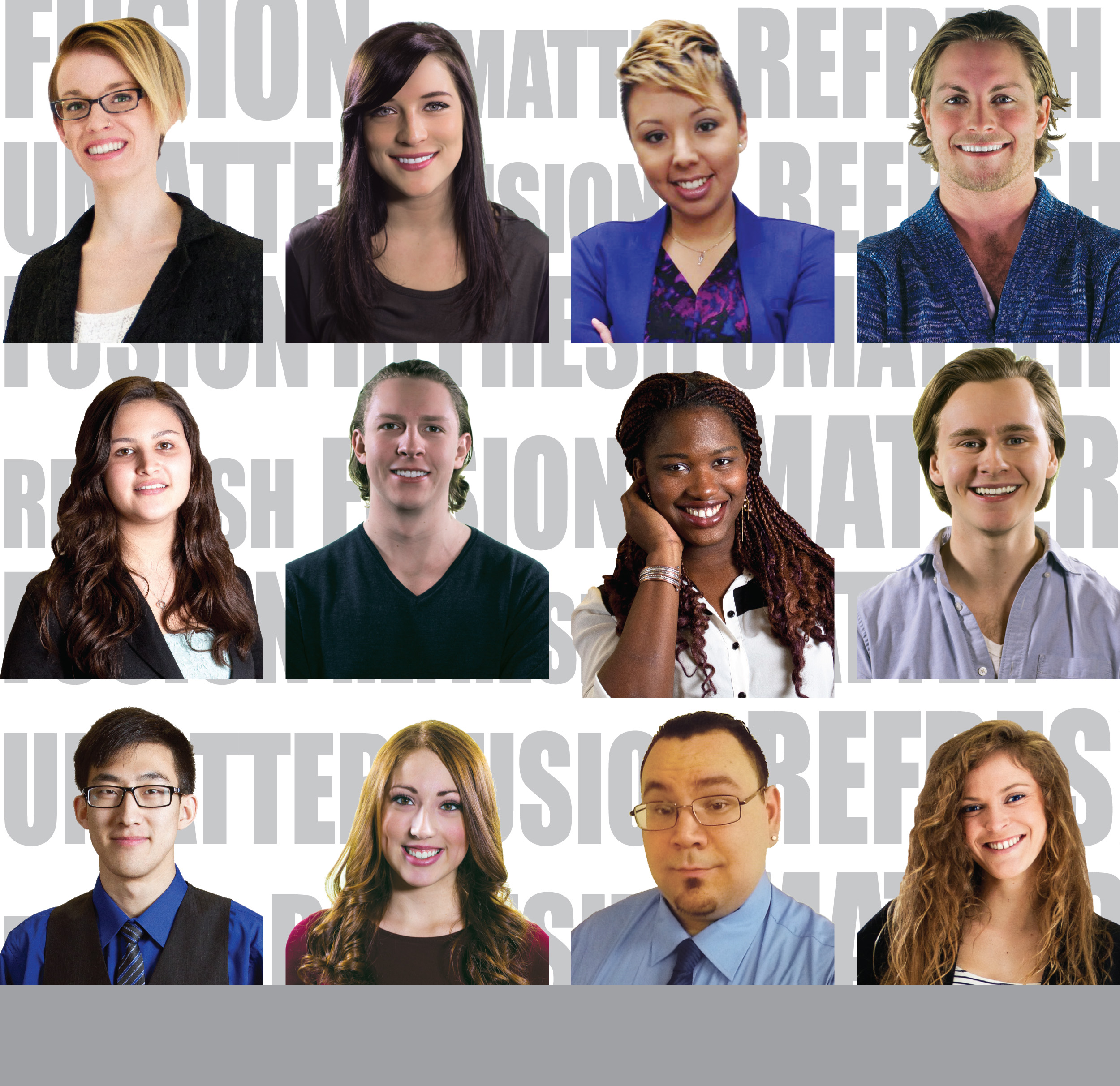The University of Manitoba Students’ Union (UMSU) is in the midst of its annual General Election. Campaigning opened on Feb. 23 at 9 a.m. and runs until March 6. The voting period will open March 4 and also runs until March 6, with voting stations available throughout the university.
During this period all UMSU members will be eligible to vote for candidates to fill each of the five executive positions: president, vice-president internal, vice-president external, vice-president advocacy, and vice-president student services.
Additionally, members of certain communities will be eligible to cast ballots for specific community representative positions. Aboriginal students’ representative, international students’ representative, LGBTTQ* representative, students living with disabilities representative, and women’s representative are all to be elected by their respective constituents.
Candidates for each of these positions are out in full force campaigning for your vote. You may have already spoken to some of them, or their volunteers, in the hallways. They’ll shake your hand and ask for your vote, and often without much of a substantive argument as to why they deserve it. It can be a fairly disillusioning experience for students, particularly those who don’t know much about the union and what it does for them.
The student union exists to represent the interests of students on campus. It exists to give voice to student issues. It embodies the idea that students should not only show up and receive a service; they are active participants in their education and should have a say in charting the university’s path.
The University of Manitoba Students’ Union is governed by its council. A body that features over 40 student councillors, including elected representatives from faculties at the Fort Garry, Bannatyne, and inner city campus, five community representatives, and the five members of the UMSU executive elected by the student body at large.
Although the council is the top governing body for UMSU, in practice the UMSU executive generally charts the path for the union. The election is an opportunity for students to select which five students will hold that power for the coming year.
A comprehensive election feature would look at the history of UMSU General Elections, an in-depth profile of UMSU governance, profiles of notable former UMSU presidents such as Steve Ashton, David Sanders, and Steven Fletcher, a review of UMSU finances, and the issues relevant to students.
Unfortunately, we remain limited in both space and time and are unable to provide that level of depth for our feature.
This feature provides a look at the changes to election rules being used for this year’s election, profiles of executive (Your UMSU and Clear Slate) and community representative candidates, and interviews with candidates from each of the executive slates (Your UMSU and Clear Slate).
Hopefully the profiles and interviews included provide some information you find useful in casting your ballot for the UMSU General Election.





